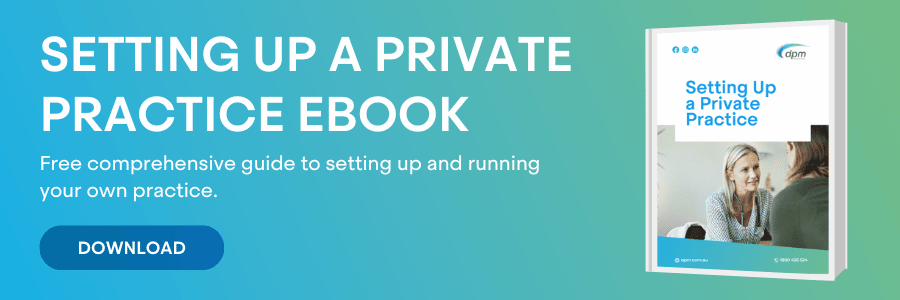Understanding debt recycling for your private practice
Proactively structuring and managing your borrowings can significantly reduce your overall cost of debt.
When running a medical private practice (including operating as a sole-trader), like any business, you will be responsible for all business decisions including; how to fund acquiring capital items (e.g. equipment, furniture and premises fit out) or how to pay for day-to-day operational expenses.
Funding for your business can be done in a variety of ways including using:
- Cash,
- Credit card,
- ‘Buy Now Pay Later’ providers (BNPL),
- Overdraft facility,
- Secured/unsecured business loan,
- Hire purchase/Chattel mortgage (for equipment), or
- Other loans.
The Australian Tax Office (ATO) cannot dictate how your medical private practice activity is conducted. This extends to how much you spend on business operating expenses, business assets and how you fund these.
As such, it is quite legitimate to choose using borrowings to fund these over using cash received from gross business revenue or sales. This can allow a medical private practice owner to direct cash received from business revenue towards growing the practice or paying down more costly debt such as non-deductible personal loans.
One thing to understand when talking about debt is that there is Good debt and Bad debt and how different types of debt and appropriate structures available to you can provide many benefits now and into the future.
In certain cases, it may be more cost effective to focus on paying off a non-deductible home loan (or deposit into a mortgage offset account) rather than pay down a medical practice facility which is tax deductible. This is especially true where the interest on business borrowings is the same as (or only slightly higher than) the home loan rate. That is because the interest cost of deductible borrowings is lower after-tax.
It is essential to seek the advice of a medical-specialised tax accountant before making any decisions and implementing any borrowing arrangements, particularly if you intend to claim interest as a tax deduction.
Limitations of debt recycling for doctors
While the term ‘debt recycling’ is often used within the financial services industry, this can be seen as an aggressive strategy by the ATO. There are situations where this can be viewed as falling foul of the general anti‑avoidance rule for income tax under Part IVA of the Income Tax Assessment Act.
In order to steer clear of this, it is important to establish the main purpose of the borrowings and why they are structured the way they are. This will reduce the risk that the ATO would view the arrangement as having the primary purpose of obtaining a tax benefit.
If you would like to discuss your borrowing arrangements for your medical private practice with a tax consultant at DPM, you can book a free no-obligation initial consultation to learn more.

Disclaimer:* This article contains general information only and does not consider your personal objectives, financial situation or needs. You should assess whether the information contained in this communication is appropriate in relation to your own objectives, financial situation or needs.





